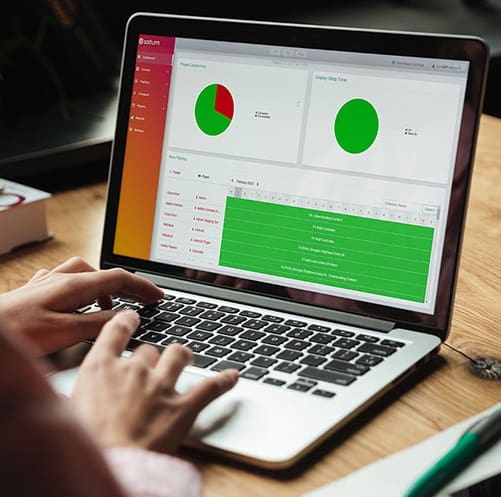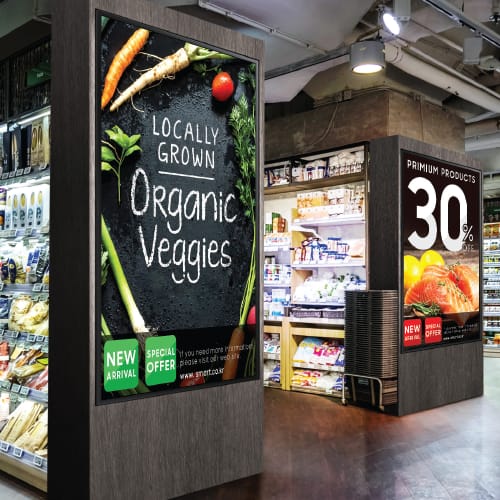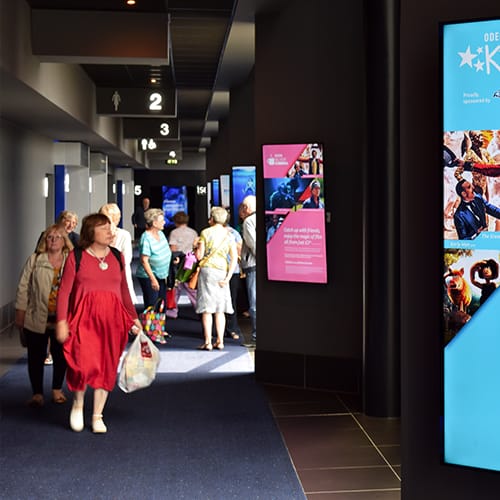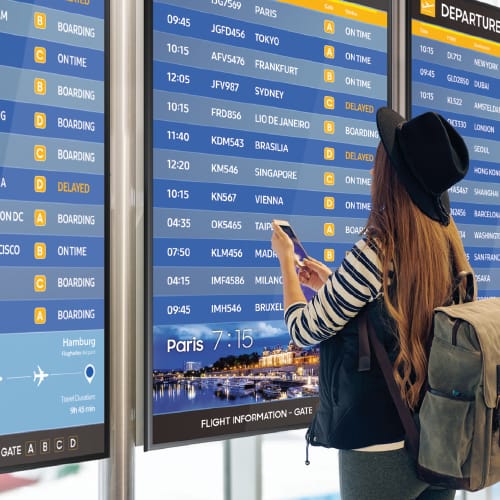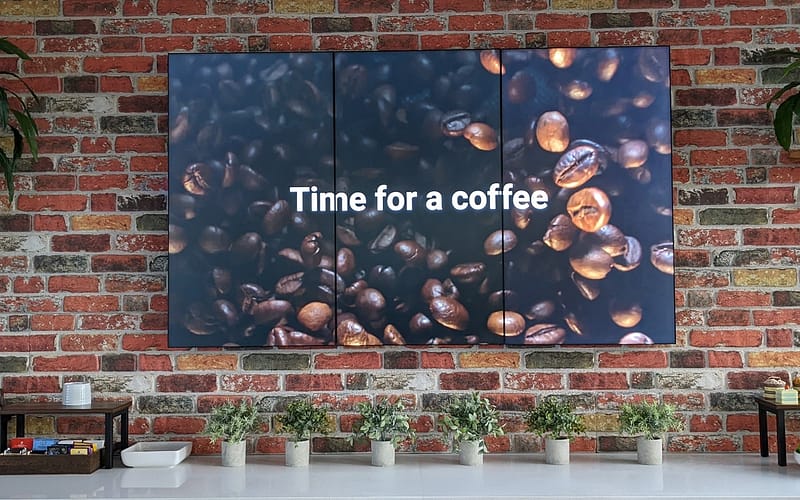Want to get your head around digital signage?
Our short guide explains all the key different parts, and how they fit together.
At Saturn, we’ve been installing and managing digital signage for over two decades and we’re not ashamed to say we’re geeks on the subject. We’re often asked ‘What is digital signage exactly?’ and find the easiest way to explain is by breaking the subject down.
For a visual explanation, check out our infographic here. For a more detailed explanation, read on.
Digital signage components
The term digital signage is confusing because it refers to a number of different components that all work together to show information on a screen.
The appearance of these elements can vary massively in appearance and functionality, but are still overwhelmingly made up of the same things.
The four key components are:
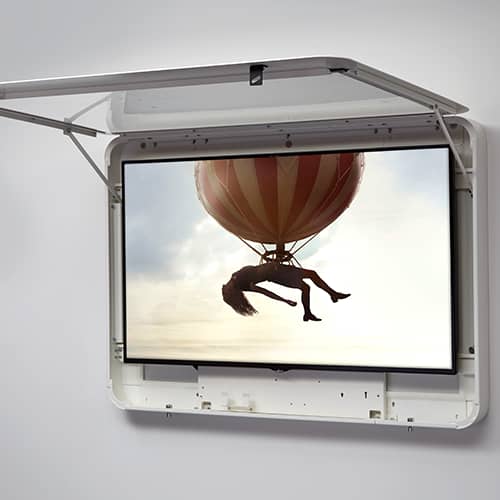
Hardware
Four types of hardware are needed for digital signage:
- media player – a small but powerful computer (this is usually a stand-alone device but can come integrated within a screen)
- a screen/screens or LED wall display
- a mount or enclosure which holds a screen/display in position and protects it
- Cabling to connect all of the hardware together
NB: although the vast majority of commercial screens have in-built speakers, these will not carry sound far enough in noisy commercial environments, so if audio is required an additional sound system will usually be used.
Content
This is what actually appears on your screen and can be (amongst other things)
- videos
- a static image/text
- a live data feed (e.g. news headlines, weather forecasts, social media, a timetable or box office availability)
- a website
- a touchscreen user interface
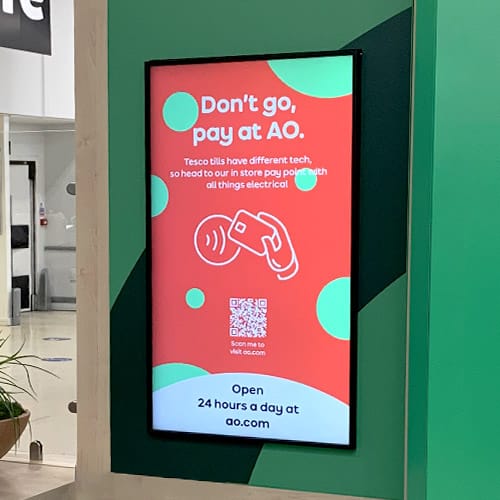
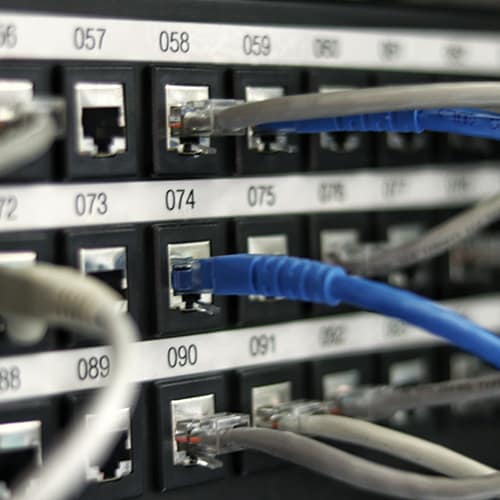
Software
Content management software is used to create a library of media files, to select which material you want to show and put them into a playlist, them schedule the playlist’s appearance so it’ll play on the correct displays in the right order and at the time/date/frequency you want them to.
Internet connection
Whilst this is not 100% essential, most digital signage software is cloud-based so that you can download content through a web connection rather than adding it manually using a flash drive.
Although three of these elements (hardware, software, and content) are almost always present, the appearance of digital signage can appear vastly different, depending on the type/size of screen and the enclosure chosen.
Displays & enclosures
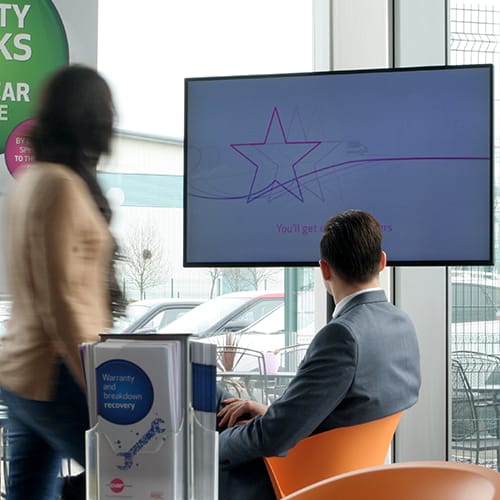
Domestic TVs versus commercial screens
Whilst they look similar from the outside, commercial digital signage screens and televisions are quite different.
Commercial screens are designed to be accessed and monitored remotely, which a standard television doesn’t have the capability for. They are designed to be used 24/7 in a wider range of ambient temperatures and are much more robust than TVs. Furthermore, many commercial screens don’t even have a tuner so they can’t be used to watch standard TV channels.
Types of display
There are four key different types of digital signage display
- One-way screens – used purely to display information
- Two-way screens (also known as touchscreen) – people can interact with them by touching the screen
- High bright – used for window or outdoor displays to counteract the sun’s glare
- Video wall – a display made up of multiple screens
- LED wall – a large display made up of small LED tiles
Want to learn more about the types and sizes of screens available? Speak to our friendly team
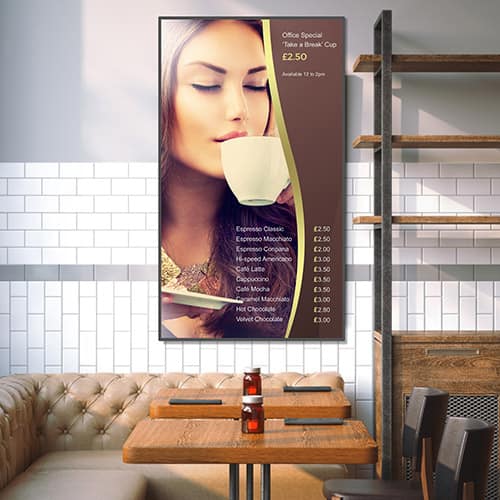
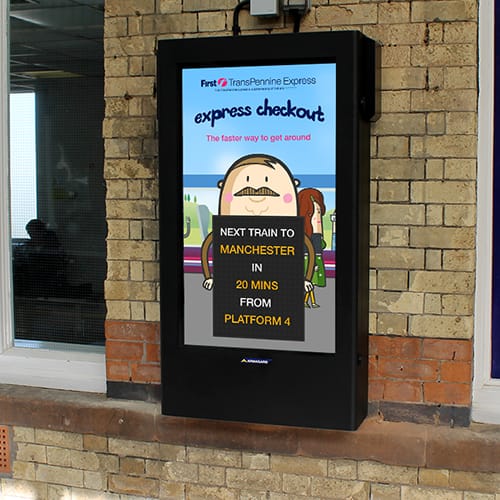
Screen enclosure uses
There are two key uses for screen enclosures.
- Decorative purposes – to brand a screen by adding a company logo, to make it to fit in with a specific interior design, or simply to make it stand out even more.
- Protection – to make commercial screens suitable for use in a range of environments (e.g. outdoors or industrial spaces), enclosures are used to make the hardware weather-proof, dust-proof (see IP ratings), and to protect them from thieves and vandals.
IP ratings
Enclosures can come in a range of formats to cater for different situations and are given a special two-digit IP (ingress protection) code to indicate what type of environment and/or use they are suitable for. The first digit indicates how dust-proof the enclosure is, the second digit refers to how water-proof it is.
An IP65 enclosure rating, for example, means that it gives a high level of protection from dust/moisture and is suitable for outdoor use.
An IP43 rating would be more suitable for indoor use.
Want to learn more about the types of enclosures available and where and when they can be used? Get in touch
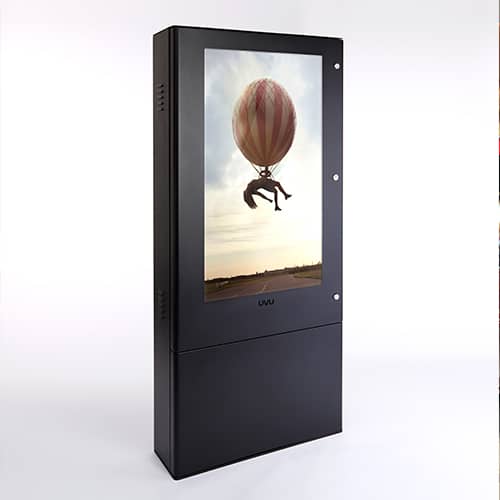
Managing digital signage
Digital signage screens, whether large or small, are usually controlled remotely via cloud-based content management software. This instructs the media player what to play on the screen, where and when. This is usually done using playlists and schedules.
Playlist – This is a list of the content (media files) you want to play, in the order you want to play them.
Schedule – This tell the media player when to publish the playlist or newsfeed, and whereabouts on the screen it should appear, as they can be split to show different content in different places. An example layout could be having the date and time showing at the top of the screen, a news feed along the bottom of the screen, and a video showing in the centre of the screen.
This ability to control a digital signage system remotely means a single person to manage an estate of hundreds of screens all simultaneously showing different content. Some content management systems (e.g. SaturnVision) can even show whether or not all your screens are working properly.
Want to learn more about content management software? Drop us a line
